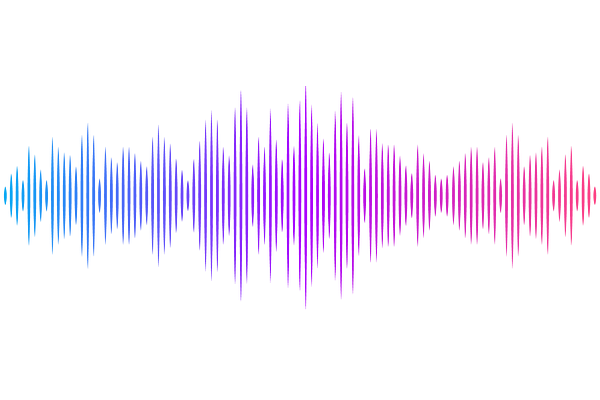Electrical Stimulation Rejuvenates Tunicates: Altered Stem Cell and Immune Activity

Electrical Stimulation Rejuvenates Tunicates: Altered Stem Cell and Immune Activity
Domen, J.; Voskoboynik, Y.; Levy, T.; Domen, E. M.; Ishizuka, K. j.; Palmeri, K. j.; Anselmi, C.; Rolander, T.; Neff, N. F.; Detweiler, A. M.; Weissman, I. L.; Gandy, K. L.; Sahoo, D.; Voskoboynik, A.
AbstractApplicable methods of rejuvenating organisms and improving resistance to environmental stimuli are needed. During attempts to synchronize heart rates in unhealthy colonial chordates, we observed morphological rejuvenation. While the importance of endogenously generated bioelectric currents in development is well-established1,2, and exogenously applied current has shown promise in regenerative medicine3,4,5,6,7,8,9, a model that robustly increases longevity and fertility while providing detailed mechanistic insights has not been reported. Here, we report the establishment of such a model using pulsatile electrical current (PEC) in Botryllus schlosseri, an established colonial chordate model10,11,12,13,14,15. PEC treatment significantly improved survival, morphological integrity, stem cell mediated regeneration, and gonad production in Botryllus. Transcriptomic analysis revealed pathway changes associated with cellular metabolism, cell cycle, stem cell activity, DNA repair, and immune modulation. Notably, PEC-induced expression patterns resemble the exercise-induced macrophage-associated transcriptional response previously observed across several mammalian species16,17. This transcriptomic signature correlated with an increase in immune-cell-containing populations. These findings demonstrate that PEC can improve longevity, vitality, and reproduction in an established model renowned for defining broadly applicable biological principles. These studies offer insights into novel strategies for promoting healthy aging and organismal survival.